In order to achieve a high yield when growing vegetables, fruits, berries in a personal plot, the gardener must take care of the presence of useful substances and vitamins in the soil. Help here will be microfertilizers, which have a complex composition of chemical elements: zinc, boron, manganese, cobalt, copper and others. Each has a specific effect on the development of cultures. The absence or lack of trace elements will not lead to the death of the plant, but they will not develop and bear fruit in a timely manner.
Content
Why microfertilizers and their types are needed
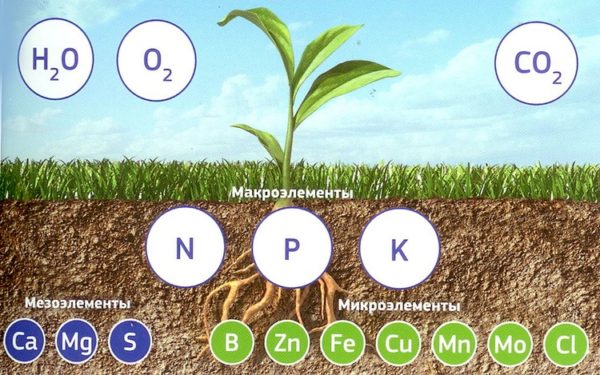 The composition of micronutrients includes the proportion of the active substance, which makes it possible to purposefully and precisely feed the plants, since they need a very small part of the elements. It is impossible to replace one component with another, each of them is specific, it has a definite effect on biochemical processes in plant culture.
The composition of micronutrients includes the proportion of the active substance, which makes it possible to purposefully and precisely feed the plants, since they need a very small part of the elements. It is impossible to replace one component with another, each of them is specific, it has a definite effect on biochemical processes in plant culture.
The need for micronutrients is determined by the stage of vegetative development of culture:
- Copper, which improves respiration and photosynthesis, is responsible for the formation of nutrients, increasing resistance to negative environmental factors.
- Resistance to diseases increases fluoride, it also affects flowering and fruiting.
- The level of protein and carbohydrates raises molybdenum, and also reduces the abundance of nitrates; it is needed by legumes.
- Beets and potatoes need manganese, it reduces nitrates and provides photosynthesis, is part of hormones.
- Cobalt is an integral part of vitamins and enzymes, participates in metabolic processes and photosynthesis, affects the resistance of plants to diseases and adverse environmental factors.
- Iron - an element of chlorophyll, fixes nitrogen, participates in cell division.
- Improves root growth, retains moisture, affects the frost resistance of plants, zinc, thanks to it the content of starch, protein, vitamin C becomes greater.
Types of micronutrient fertilizers:
- singleton containing one component;
- complex, including several active substances versatile affecting different types of plants.
Copper
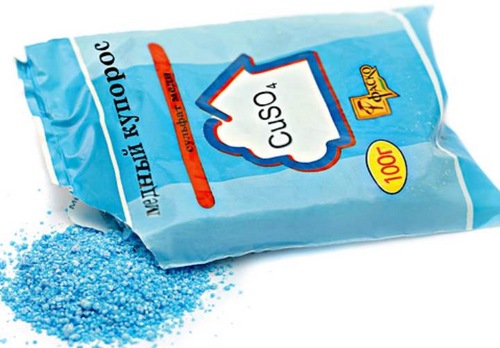 Copper micronutrient fertilizers are used in wetlands; the soil in such regions, as a rule, is neutral or alkaline, and does not produce a large crop. You can determine the lack of copper by the appearance of the plant: the leaves are pale, drying at the tips. The preparation is especially necessary for grain crops. The most common fertilizers of this group:
Copper micronutrient fertilizers are used in wetlands; the soil in such regions, as a rule, is neutral or alkaline, and does not produce a large crop. You can determine the lack of copper by the appearance of the plant: the leaves are pale, drying at the tips. The preparation is especially necessary for grain crops. The most common fertilizers of this group:
- copper sulfate, copper sulfate, which has the appearance of crystals of a dark blue color, is necessary to increase the biomass of foliage, processing is carried out at the rate of 1 g per 1 m²;
- copper pyrite is a black powder, contains a little less copper than the previous one, suitable for tillage.
Boric
Boric fertilizers must be applied during the entire growing season, they have a beneficial effect on the growth and development of cultivated plants. They are chelated, i.e. highly soluble substances. The most common drugs are:
- boric acid used for soaking seeds and foliar application, it is recommended to apply 4 m² per 1 m²
- during presowing digging of the soil, boric superphosphate is used;
- ammonia-lime nitrate with boron is used on acidic soils, helps vegetables grow and develop, protects them from various diseases.
Molybdenum
Molybdenum microfertilizers are most effective on podzolic soils, penetrate the root system, increase the content of protein, sugar, and vitamins in the plant. Complexes containing molybdenum:
- sprinkle seeds with molybdenum powder before sowing, soak seeds and bulbs in the solution;
- molybdenum acid ammonium contains 52% molybdenum, used for presowing tillage;
- molybdenum superphosphate is poured into the beds before planting crops.
Manganese and Zinc
 Manganese fertilizers are necessary for redox processes, proper photosynthesis, as a result of which the amount of sugar in tomatoes and beets increases, and the level of starch in potatoes. Manganese sulfate is applied to the soil at the rate of 1 kg per 100 m².
Manganese fertilizers are necessary for redox processes, proper photosynthesis, as a result of which the amount of sugar in tomatoes and beets increases, and the level of starch in potatoes. Manganese sulfate is applied to the soil at the rate of 1 kg per 100 m².
Zinc microfertilizers prevent disturbances in carbohydrate metabolism, the formation of starch and sucrose, and regulate growth, frost resistance, and resistance to overheating and drought.
Salt and iodine
Microfertilizers from cobalt enhance the action of enzymes, the production of chlorophyll, proteins, ascorbic acid. The disadvantage entails a slow growth of crops, yellowing of the leaves.
Iodine micronutrient fertilizers are used in a solution for processing seeds and sprouts, due to which leaf mass increases and fruiting is normalized.
Ready-made complex fertilizers
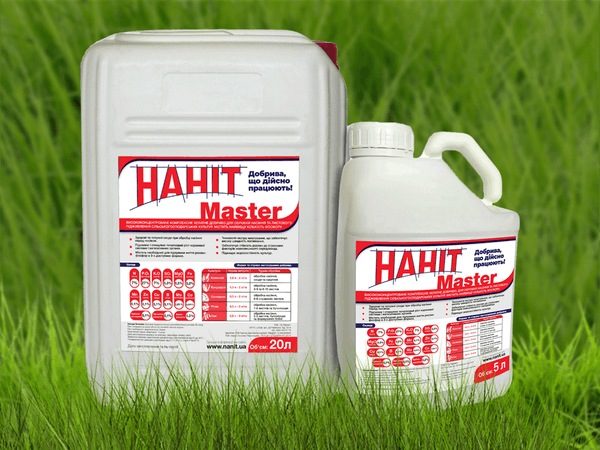 Complex fertilizers contain several active substances that are compatible with each other, in the right dosage. They are used on various soils for pre-sowing treatment and throughout the entire period of vegetative growth of crops.
Complex fertilizers contain several active substances that are compatible with each other, in the right dosage. They are used on various soils for pre-sowing treatment and throughout the entire period of vegetative growth of crops.
Among the finished drugs, there are:
- “Master” contains many nutrients, is used as top dressing of leaves, is found only in chelated form, therefore it can be used on any soil.
- “Seybit” helps to fight against diseases of vegetable crops; it is recommended to use it for root top dressing and leaf treatment.
- "Boro N" contains boron, necessary for processing leaves.
- When preparing seeds for sowing, root treatment of seedlings using "Nanoplant". It stimulates the development of the root system, which has a beneficial effect on crop yields and allows you to resist diseases.
- "Adobe boron" is produced in the liquid form of the required concentration, used to feed the leaves.
- "Reakom" allows you to reduce the amount of nitrates in the finished product by half.
- "Oracle" is used to feed flowers, lawn and meadow grasses, regulating the movement of water in them and increasing stress resistance.
- "Sizam" increases productivity and has a high degree of protection against diseases and pests of the garden.
Application methods
Possible use micronutrient fertilizers in three ways - seed soaking, foliar top dressing and soil treatment. The method of application of micronutrient fertilizers depends on:
- type of soil;
- biological characteristics of crops;
- crop rotation;
- chemical properties of the drugs used.
You can not violate the timing of feeding. Strictly follow the instructions for making a specific drug. Water concentrates are convenient to use, since they already have the necessary saturation, nothing needs to be calculated.
Manufacturing companies produce microfertilizers in tablets and chelated form. This implies dilution of the substance in water. Such fertilizers are easily absorbed by plants, they can be sprayed and watered under the root.
Reviews
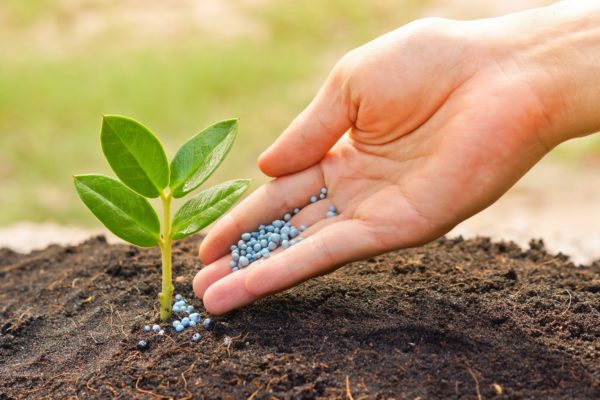
Sergey Alekseevich, Krasnodar Territory
I have a large garden, I grow a lot of vegetables. I always use top dressing; without them, a plentiful harvest cannot be obtained. Fertilizers help in the fight against disease. Since I started using boric acid to feed tomatoes, productivity has increased significantly. I also use Nanoplast.
Valentina Grigoryevna, Novosibirsk Region
I am fond of growing flower crops. The site has a large number of perennials that need additional support with nutrients. I use fertilizer "Master" and flowers delight me with long flowering and chic appearance. I like liquid micronutrient more, it is 50% easier to apply.
Thanks to microfertilizers, gardeners increase the productivity of vegetable, flower and decorative crops in a personal plot. Trace elements included in their composition, favorably affect development, improve fruiting, protect against diseases and pests. There are many fertilizers on the market that you can use and grow a bountiful crop.

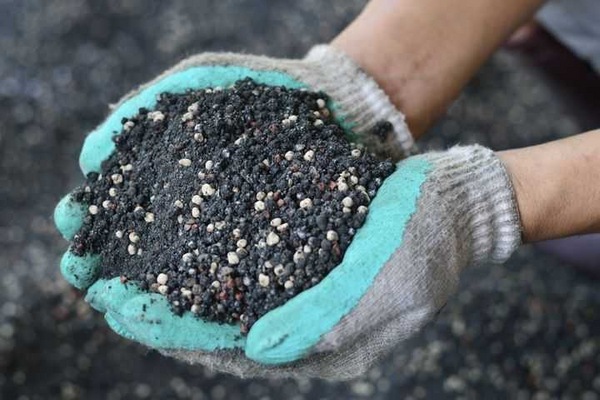
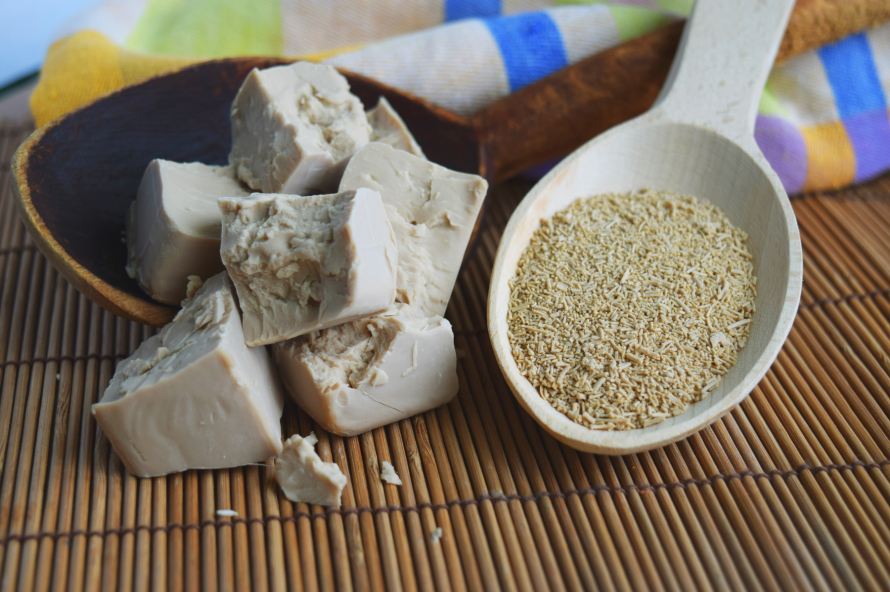
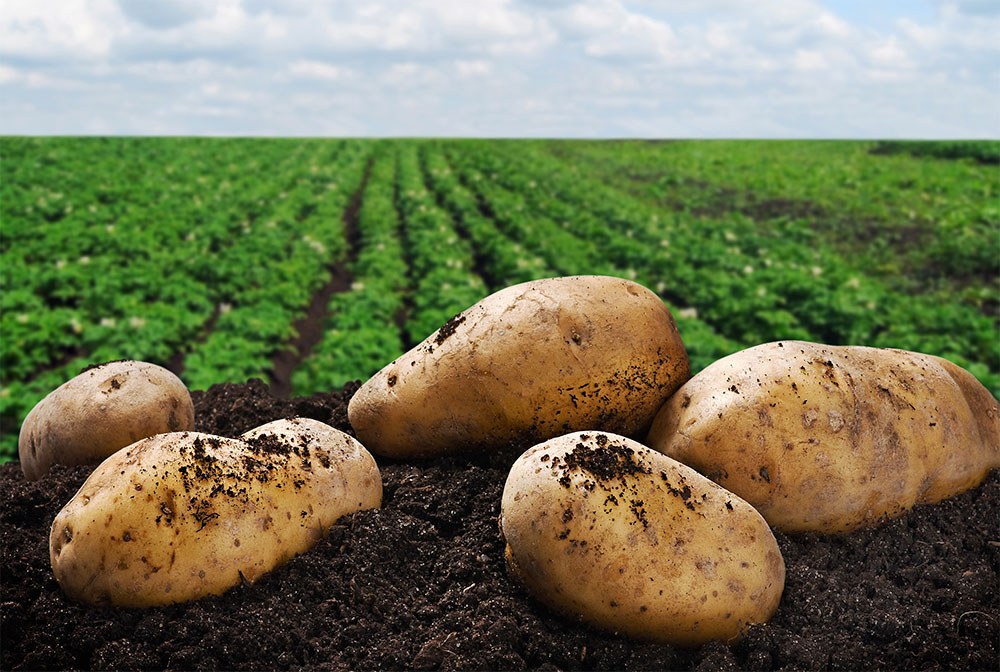
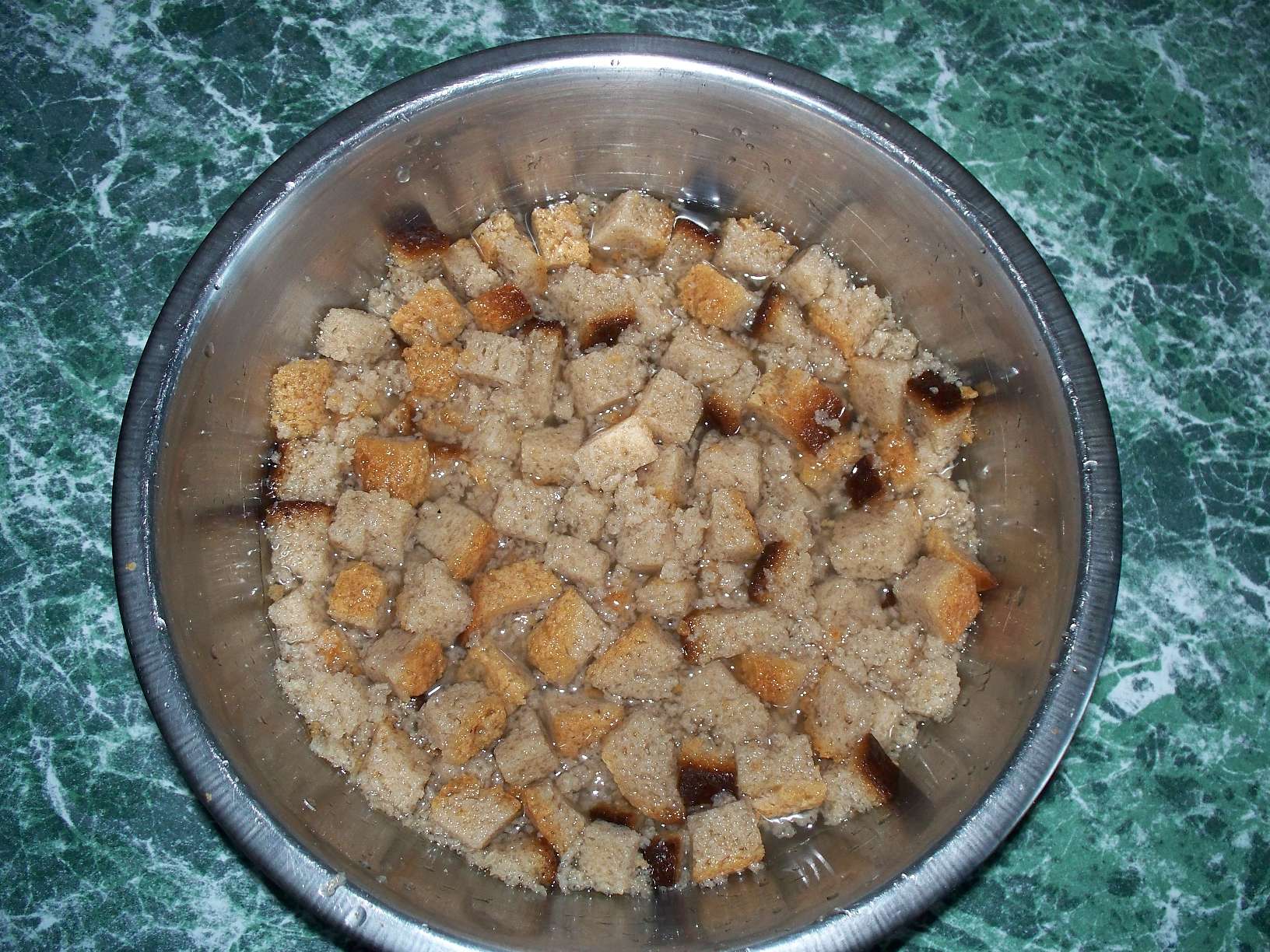 How to make bread infusion for feeding cucumbers
How to make bread infusion for feeding cucumbers Superphosphate: what is it and how to apply it
Superphosphate: what is it and how to apply it What problems can be expected from siderats?
What problems can be expected from siderats? Secrets of the collection, storage and use of eggshells in the garden
Secrets of the collection, storage and use of eggshells in the garden